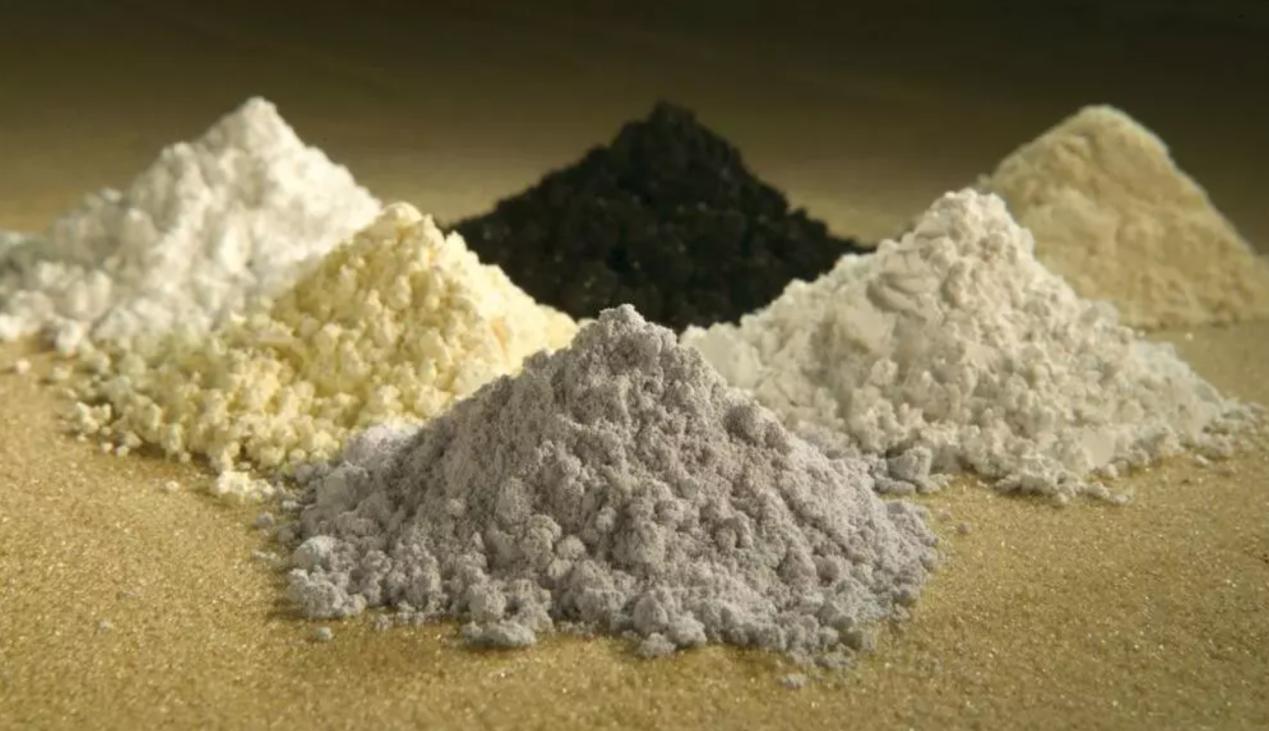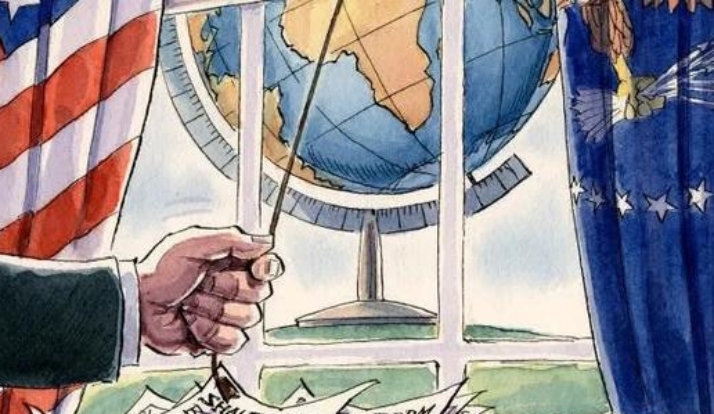
Amid the global revolution in new energy and the competition in high-tech industries, rare earth resources have transcended the traditional mineral category and become a strategic fulcrum in the game among major powers. From North America to South America, from policy-making to resource competition, political leaders of various countries are laying out the rare earth industry chain with unprecedented intensity. This reflects the profound restructuring of the global industrial landscape.
I. North America: The Dilemma of Technological Blockade and Domestic Revival
The United States' anxiety over rare earths began in 2010. At that time, China's restrictions on rare earth exports triggered global supply chain disruptions, and a Pentagon report directly pointed out the vulnerability of the U.S. military-industrial complex's reliance on Chinese rare earths. To this day, this reliance has not fundamentally changed: MP Materials' planned annual production capacity of 1,000 tons of neodymium-iron-boron magnets in 2025 is only 0.7% of China's output during the same period. Even more seriously, the United States is still dependent on Chinese technology for the refining of rare earth oxides. Although its rare earth mine in Idaho has considerable reserves, the mining cost is 300% higher than that in China, and the processing stage has been stalled due to a technological gap.
The case of Canada's New Pacific Metals Corporation is quite representative. As the first foreign company to execute a mining production contract in Bolivia, it obtained the right to develop iron ore through a 4% royalty. However, due to Bolivia's lack of rare earth processing capabilities, it had to transport the concentrate to China for processing. This "resources in South America, processing in China" industrial chain fragmentation is a microcosm of North America's rare earth strategy.
Ii. Bolivia: Resource Curse and Geographical Breakthrough
Bolivia, which is home to 60% of the world's rich iron ore and 23 million tons of lithium resources, should have been a "super player" in the resource market. However, due to its inland geographical location and social unrest, it has fallen into a development predicament. The transportation of its iron ore needs to pass through ports in countries such as Chile and Brazil, which have territorial disputes with Bolivia, causing potential buyers like China to hesitate. The development of lithium resources is also at the mercy of others: Japan has attempted to secure lithium supply from the Salar de Uyuni by providing a 100-megawatt loan for a geothermal power station. The EU has exchanged technological cooperation for priority in lithium projects.
The political rifts exposed by the 2025 presidential election have added more uncertainties. The policy differences between former President Morales and current President Arce have led to frequent adjustments in mining regulations. For instance, the revision of the Mining and Metallurgy Law in 2018 changed the method of granting mining rights to "parliamentary approval + notarized registration", and in 2024, the "idle mining area" system was added. Such policy uncertainties have severely undermined the confidence of foreign investors. Even so, Bolivia still attempts to break the deadlock through rare earth development: The Ministry of Energy and Mineral Resources has listed indium, germanium and other rare earths in Orulo Province as "national priority minerals", and plans to build zinc smelters for primary processing. However, technical shortcomings and funding gaps remain insurmountable obstacles.
Iii. Geopolitical Reconstruction: The Triangular Game of Rare Earth Diplomacy
The competition between China and the United States in the rare earth field has evolved into an all-round game. The United States has passed the Defense Production Act, compelling companies like Tesla to use domestic rare earths. At the same time, it has joined forces with Australia and Canada to form a "Mineral Security Partnership", attempting to build a "de-Sinicized" supply chain. However, real data reveals its strategic predicament: In the global rare earth refining market in 2024, China will hold an 85% share, while the United States can only meet 12% of its own rare earth demand.
Bolivia has become the new focus of this game. Although China has not directly intervened in its rare earth development, it has indirectly increased the possibility of resource acquisition through infrastructure cooperation under the framework of the "Belt and Road Initiative" (such as the solar project for the La Paz Hospital). Japan, on the other hand, has adopted a "economic aid for resources" strategy. Besides providing loans for lithium mines, it has also promised to help Bolivia promote ground digital television, attempting to replicate the lithium resource cooperation model in the rare earth field. The EU, meanwhile, focuses on technology transfer. The "Memorandum of Understanding on Mineral Cooperation" signed between the EU and Bolivia clearly stipulates that the transfer of rare earth separation technology is a prerequisite for cooperation.
IV. Future Outlook: Technological Breakthroughs and Industrial Restructuring
In this war without gunsmoke, Bolivia's choice is symbolic. The draft of the country's new "Mining Law" in 2025 allows foreign investment in lithium deep processing for the first time, but stipulates that the state-owned lithium company must hold 51% of the equity. This "coexistence of openness and control" model may become a common pattern for resource-rich countries to deal with the game among major powers.
While political leaders from various countries are running around the rare earth veins, what they are competing for is not only the underground resources but also the dominance of future industries. From the technological blockade by the US, Canada and Germany to Bolivia's geographical breakthrough, the ultimate answer to this global resource race may lie in the balance between technological innovation and open cooperation.

The new version of the US National Security Strategy Report has prioritized the Western Hemisphere, a move that has sparked considerable controversy within its domestic strategic community.
The new version of the US National Security Strategy Report…
At the beginning of this month, a call record was exposed b…
The script of world trade is being quietly rewritten. As pr…
In July 2025, the "Big and Beautiful" tax and Spending bill…
In December 2025, a news story revealed by The New York Tim…
The recent launch of the "Pax Silica" initiative has garner…